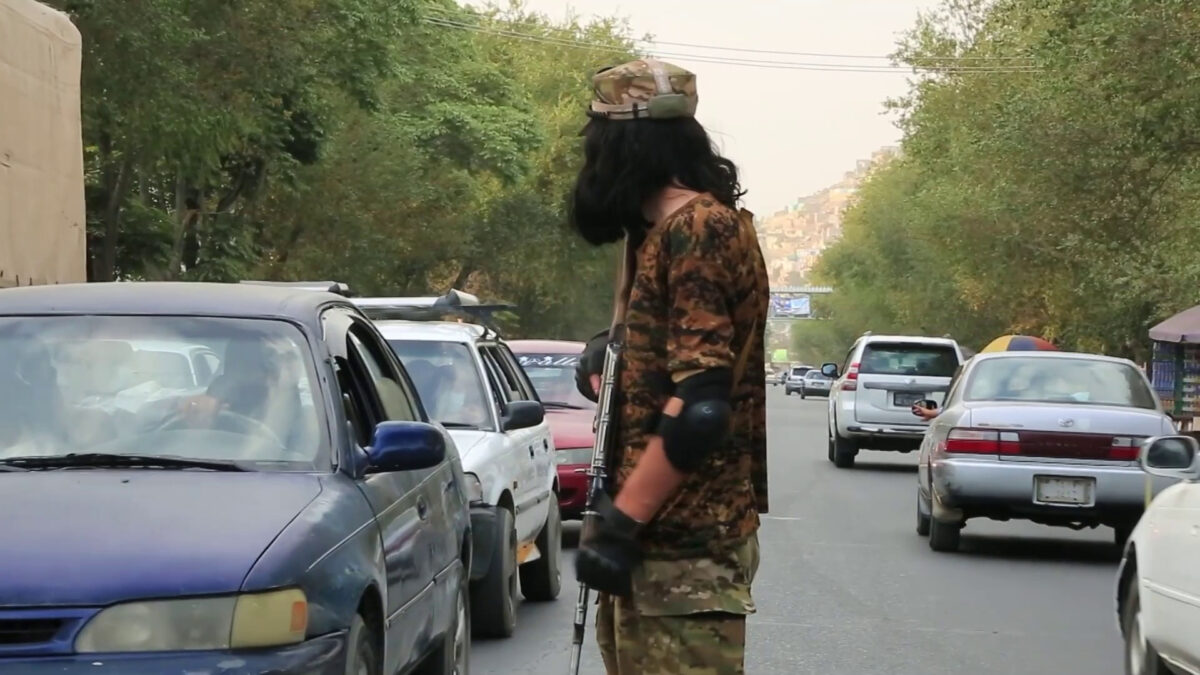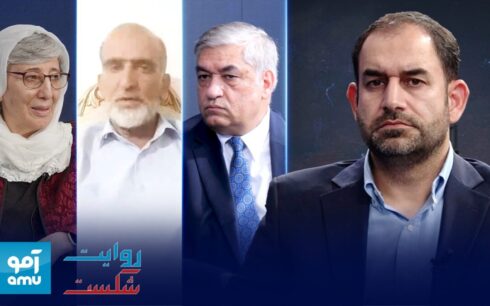The Khorasan branch of Daesh has embarked on a campaign of attacks against the Taliban since the collapse of Afghanistan’s former government on August 15, 2021 and the group’s attacks against the Taliban intensified in the first four months of Taliban rule in Afghanistan.
Daesh carried out six attacks in August, 21 attacks in September, 30 attacks in November, and 28 attacks in December of 2021.
“The Taliban itself is a terrorist and extremist group. It would be irrational to expect it to fight another terrorist group on behalf of a civilized world,” said Husain Haqqani, Former Pakistani Ambassador to Washington at the time.
Meanwhile, during this period, the Resistance Front and the Azadi Front also resisted the Taliban in the mountains of Andrab, Baghlan, and Panjshir, and carried out attacks against Taliban fighters in Kapisa, Kabul, Takhar, and other parts of the country.
In addition to targeting the Taliban, Daesh also honed in on weaker targets such as educational centers, including schools, mosques, and other Shia centers, Sikh gurdwaras, Sufism centers, and diplomatic areas.
United Nations data shows that from August 15, 2021, the day the Taliban came into power, to February 15, 2022, as many as 397 civilians were killed and 756 others injured in attacks by Daesh in Afghanistan. Most of the casualties were Shiites and Hazara.
“Wahhabi believers pronounce Takfir to all other religions; Whether Sunni or Shia religions. They consider them infidels and they consider them as apostates and they consider it permissible to shed their blood, now it is known in Afghanistan that the Taliban are Hanafi. Those who come and commit suicide and kill need a religious reason for doing so. They call them (Taliban) infidels and apostates and kill and so do the Shias,” said Mohammad Mohaqiq, Leader of Hizb-e-Wahdat Islami Mardom-e-Afghanistan.
Meanwhile, Daesh also carried out attacks in Kunduz and Takhar provinces, which share a border with Tajikistan.
The group’s fighters carried out 12 attacks in Takhar, 13 attacks in Kunduz, 9 attacks in Balkh, 5 attacks in Herat, two attacks in Farah, three attacks in Helmand, one attack in Kandahar, two attacks in Badakhshan, one attack in Samangan, four attacks in Laghman, three attacks in Parwan, 43 attacks in Kunar, 79 attacks in Nangarhar, eight attacks in Logar, and 77 attacks in Kabul.
“Daesh is mostly funded from outside of Afghanistan, particularly from Syria, they control oil, and they have some gold and diamond mines in Africa, from where they send money to Afghanistan, and after the defeat of ISIS in Syria, most of the ISIS leaders came to Afghanistan via Iraq, Iran, and Pakistan,” said Sami Sadat, former commanding general of the Afghan National Special Operations Corps.
The Taliban, however, has continuously spoken of its serious fight to crack down on the DAESH in Afghanistan and it also believes that Daesh fighters are entering the country from neighboring countries.
The Daesh militants also carried out suicide attacks to target the Taliban’s key officials.
The militants targeted the Taliban’s former governor of Balkh and the deputy governor of Badakhshan province.
Meanwhile, Iran has claimed that Daesh commanders have entered Afghanistan from Syria and Iraq and the US also said that the group will pose threats against the interests of the US and its allies in the next six months.





